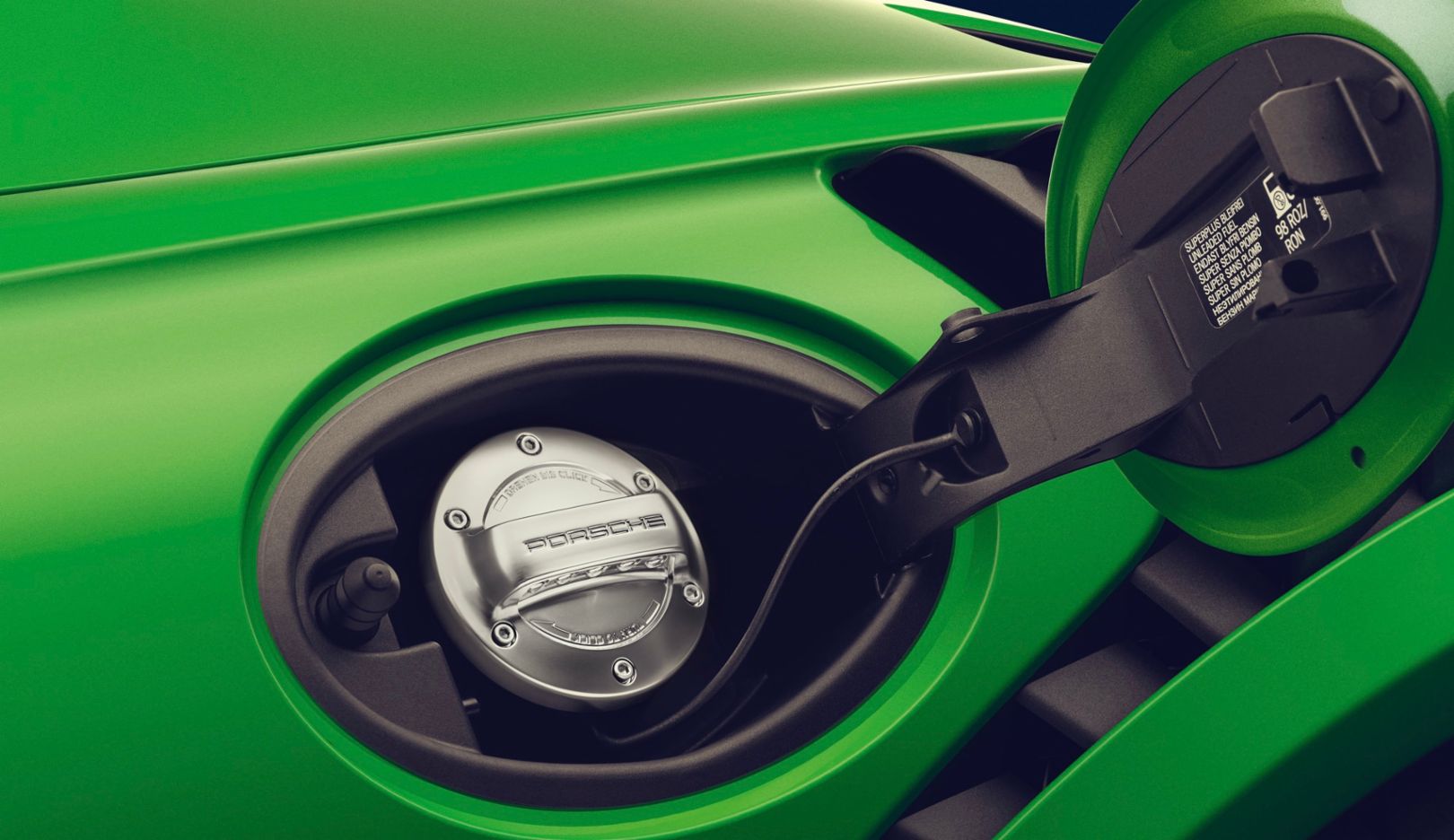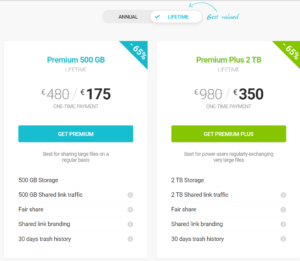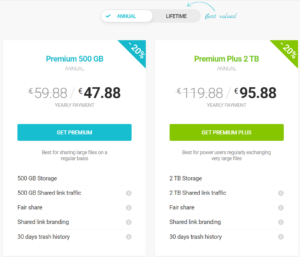The German automaker says it’s moving forward with making the idea a reality

Volkswagen says it’s made a prototype of the electric vehicle charging robot concept it first showed off in proof-of-concept form in late 2019, and that it plans to keep developing the idea. The giant German automaker apparently liked the concept so much that the prototype charging robot looks almost identical to the concept version, complete with blinking digital eyes and R2-D2 noises.
“A ubiquitous charging infrastructure is and remains a key factor in the success of electric mobility. Our charging robot is just one of several approaches, but is undoubtedly one of the most visionary,” explains Thomas Schmall, Volkswagen Group Components’ CEO.
The robot works simply enough in theory. The charging robot – started via an app or Car-to-X communication – operates totally autonomously. It independently steers the vehicle to be charged and communicates with it: from opening the charging socket flap to connecting the plug and decoupling it. The entire charging process takes place without any human involvement whatsoever. To charge several vehicles at the same time, the mobile robot moves a trailer, essentially a mobile energy storage unit, to the vehicle, connects it up and then uses this energy storage unit to charge the battery of the electric vehicle. The energy storage unit stays with the vehicle during the charging process. In the meantime, the robot charges other electric vehicles. Once the charging service has ended, the robot independently collects the mobile energy storage unit and takes it back to the central charging station.

It’s a fun idea, though there are a number of possible points of failure that Volkswagen didn’t address in the press release. For one, the charging robot depends on cars being connected to an overall network of some kind (known in the industry as V2X or “vehicle to everything”) in order to communicate with the robot. But that’s an idea that has yet to take hold, and one that is fraught with unglamorous but nevertheless foundational problems, like arguing about which standard to use.
Also, calling this version of the charging robot a “prototype” implies that Volkswagen has got a working version, but the company didn’t actually show it in action as part of the announcement. Instead, Volkswagen merely released a “first glimpse,” involving just a glossy commercial for the robot and a few photos.

The business unit is currently working on a complete DC charging family. The flexible quick-charging station will be launched onto the market in early 2021.
Sources:
https://www.theverge.com/2020/12/28/22202913/volkswagen-charging-robot-electric-cars-vw










 Secondly, the 360° ErgoLift hinge. This innovation also lifts and tilts the keyboard into a comfortable typing position when the display is opened beyond 135°. Otherwise, you turn the display on 360° and, in a moment, you have a tablet in your arms. Now, all you need for sketching or graphics is taking a stylus and a couple of free hours. For this reason, the laptop has the touch display and a perfect fixation of the display thanks to well-made hinges.
Secondly, the 360° ErgoLift hinge. This innovation also lifts and tilts the keyboard into a comfortable typing position when the display is opened beyond 135°. Otherwise, you turn the display on 360° and, in a moment, you have a tablet in your arms. Now, all you need for sketching or graphics is taking a stylus and a couple of free hours. For this reason, the laptop has the touch display and a perfect fixation of the display thanks to well-made hinges.